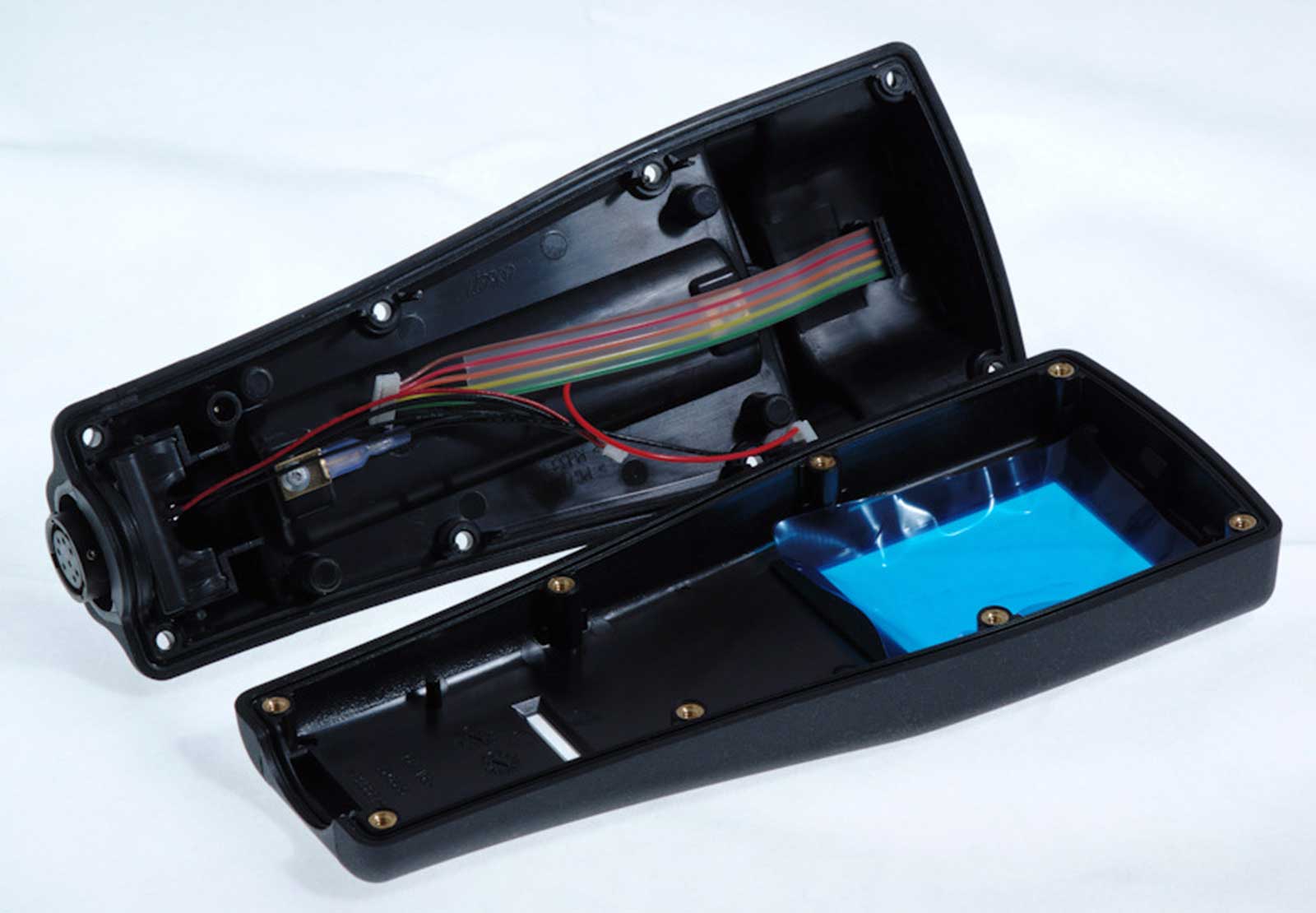Overmolding is a two-part process where a layer of material, usually a rubber based liquid silicone (LSR) or thermoplastic elastomer (TPE), is molded over another component. Typically the base component part is first placed in the injection mold and the hot molding material fills the area around the inserted part. The result is an assembled product.
Cut Costs
Overmolding can dramatically increase part productivity and cut costs by eliminating secondary assembly operations. Costly specialized machinery such as “two-shot” or “multi-shot” machines are no longer necessary. This process also eliminates the need for adhesives that normally would be necessary to bond the two components together.
Tough
Parts produced using overmolding are waterproof, shock resistant and airtight. Using LSR as an overmolding material can produce products that are rigid, lightweight, tough and chemical resistant. Products such as toothbrushes, knives, flashlights, and cell phones are just a few examples of overmolding techniques.
Design
Proper mold design is critical in overmolding. Due to different cooling properties of rubber or elastomer materials, design engineers must calculate proper material shrinkage rates necessary to ensure accurate component dimensions. Careful design consideration is given for critical shut-off areas where material flow can adversely affect part specifications.
Textured Feel
Another advantage of products manufactured using overmolding is that various textures from soft to firm can be produced depending on customer need and preference. Products are better insulated from electrical shock and sharp edges and corners can be minimized or eliminated. Overmolding can produce products in a greater number of styles and colors for customers to choose.
Choosing overmolding ultimately creates a more all-around cost-effective product. Proto Plastics can help you with all your design needs.

